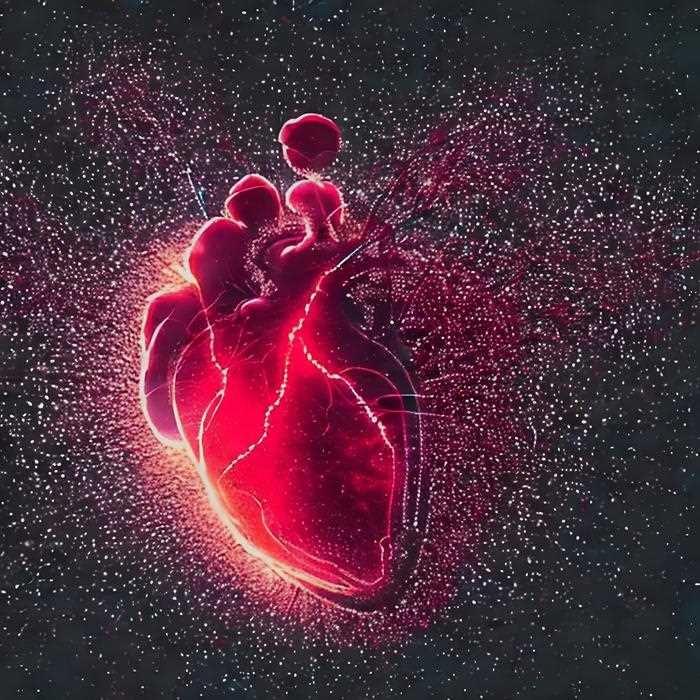Older video but I wonder if they went anywhere with this. This would be very useful.
Researchers are working on matter that will morph into different shapes, depending on your needs.
Older video but I wonder if they went anywhere with this. This would be very useful.
Researchers are working on matter that will morph into different shapes, depending on your needs.

Imagine walking into your local place of worship, finding your seat, and getting ready to hear a sermon. But instead of your familiar priest, minister, or rabbi, a robot steps up to deliver the day’s message. It might sound like science fiction, but it’s becoming a real possibility in some parts of the world.
Can a machine really lead a religious service? Would people accept a robot as a spiritual guide? A new study decided to find out, and the results might surprise you.

Most algorithms need four images taken during a single night of a moving object to confirm whether it is space rock.
But new software developed by researchers at the University of Washington cuts the number to two images per night. This boosts the ability of observatories to identify these lithic projectiles fast.
The program is called HelioLinc3D, it has already found a near-Earth asteroid that older programs missed.


While human beings have many living ancestors — bonobos, chimps, gorillas — our absence of fur immediately marks us as something different.
And though our big brains and bipedal posture have taken us to outer space, the reason our species transitioned to a mostly hairless body remains somewhat of a mystery.
Only a few other mammals share our genetic preference for sleek bodies, including rhinos, whales, elephants, and — everyone’s favorite — the naked mole rat.

Gal Frenkel built a wooden deck and pool in the backyard of his home in central Israel the summer after he had sold luxury wedding/bar mitzvah event planner Sky Productions (opening price for an event: $1 million).
Frenkel hosted a few parties there, and after the summer he didn’t think much about his pool and deck. When he went out to look at it the following spring, he was shocked.
“The whole area looked old and ruined and faded. I was so disappointed,” he tells ISRAEL21c. “I called the guy who installed the deck and said, ‘Nadav, you really messed it up.’ He started laughing. ‘Decks need ongoing maintenance,’ he explained. So, I asked him, ‘Can you do that for me?’ ‘Sure,’ he said. ‘The price will be 10,000 shekels.’”
Well, I’ve got news for you: none of those three are bad things. You’re shooting the messenger. It’s an emotional friendly fire incident.
In fact, boredom, frustration, and impatience are downright good for you. Yeah, I said it.
They aren’t obstacles to a good life; they’re your guides to a good life. They help us find our path, they motivate us, and they give us hope. Instead of avoiding them, fighting them, or suppressing them, we just need to listen to them — and maybe steer them a bit.

The central problem quantum state engineering is trying to solve, says Ryan Glasser is “what do I need to do to get my quantum system to be in the state I desire?” Researchers hope ManQala, a version of the ancient game mancala, has answers. (Credit: Tobias Tullius/Unsplash)
The game mancala may have originated as far back as 6,000 BCE in Jordan and is played around the world to this day. It consists of stones that players move between a series of small pits on a wooden game board. The point of the game is to get all the stones into the last pit at the end of the board.

A new project is using cutting-edge levitation techniques to make bioprinting heart models and other complex tissues a reality.
Dubbed PULSE, the project combines the recently developed techniques of acoustic levitation and magnetic levitation to manipulate individual components without actually touching them. It’s a process that the researchers involved hope will one day facilitate the bioprinting of organs and other human tissues in much greater detail and complexity than what is achievable with current techniques.
If perfected, the researchers also hope this type of bioprinting could even help on long-term space missions as more accurate organ models can create more accurate defenses against radiation and other stresses of space travel.

The Indonesian capital of Jakarta was ranked the most polluted city in the world on Wednesday.
Swiss air quality technology company IQAir has consistently ranked it among the top 10 polluted cities around the globe since May.
Jakarta registers unhealthy air pollution levels nearly every day, it said.